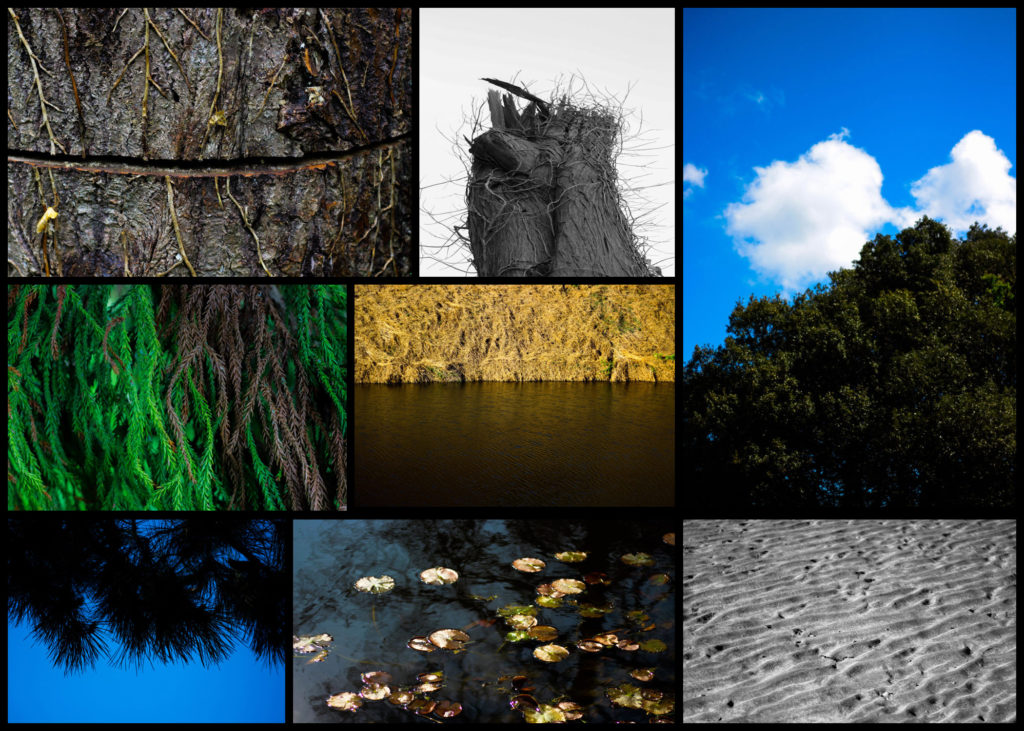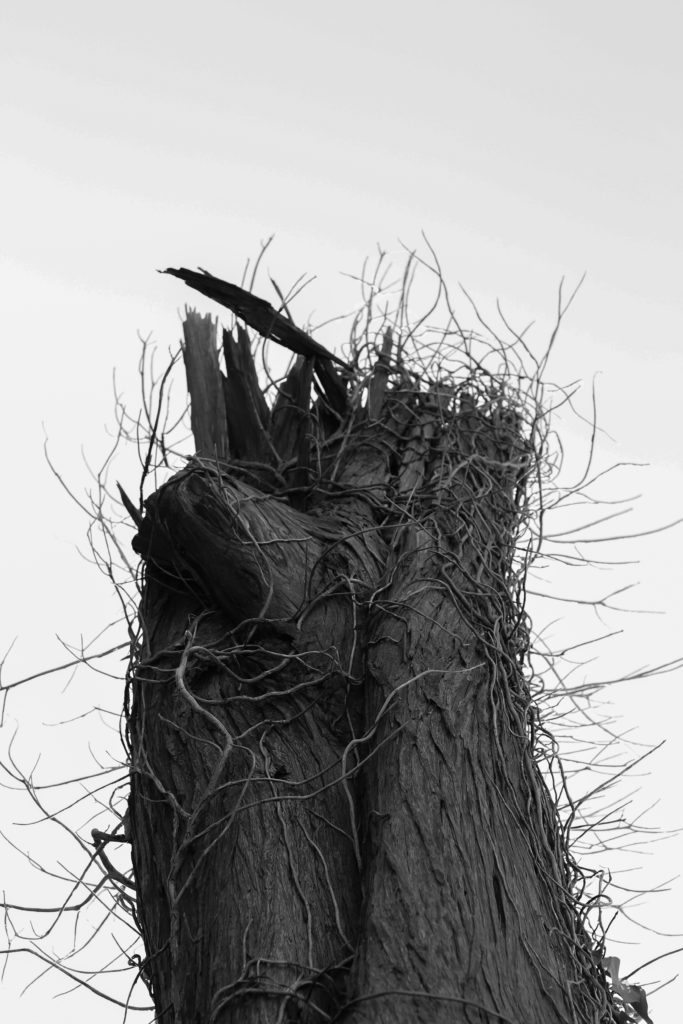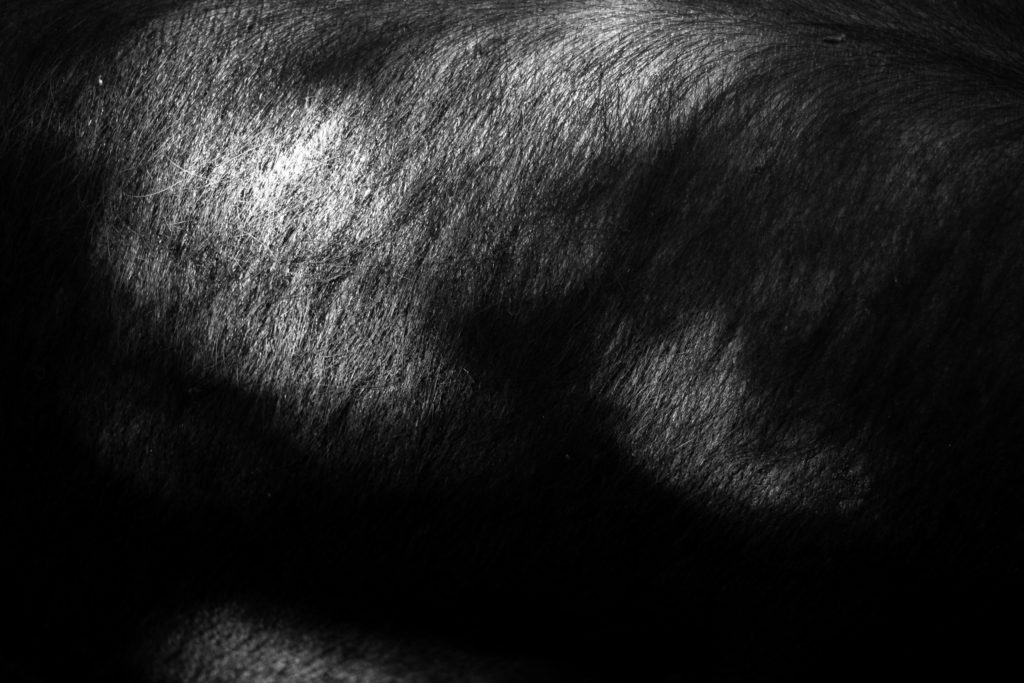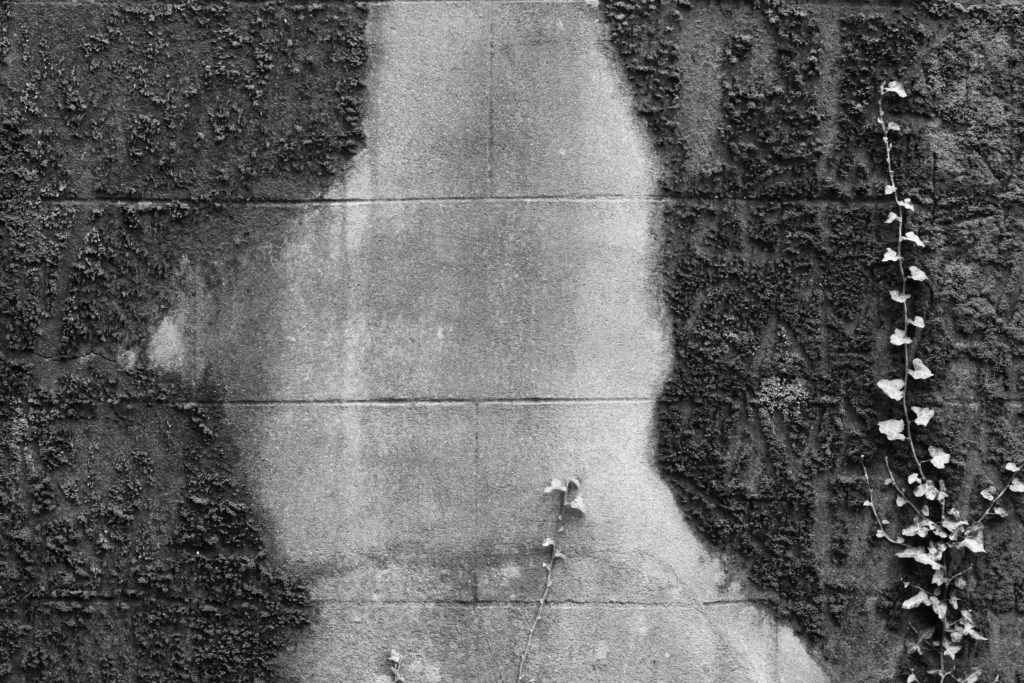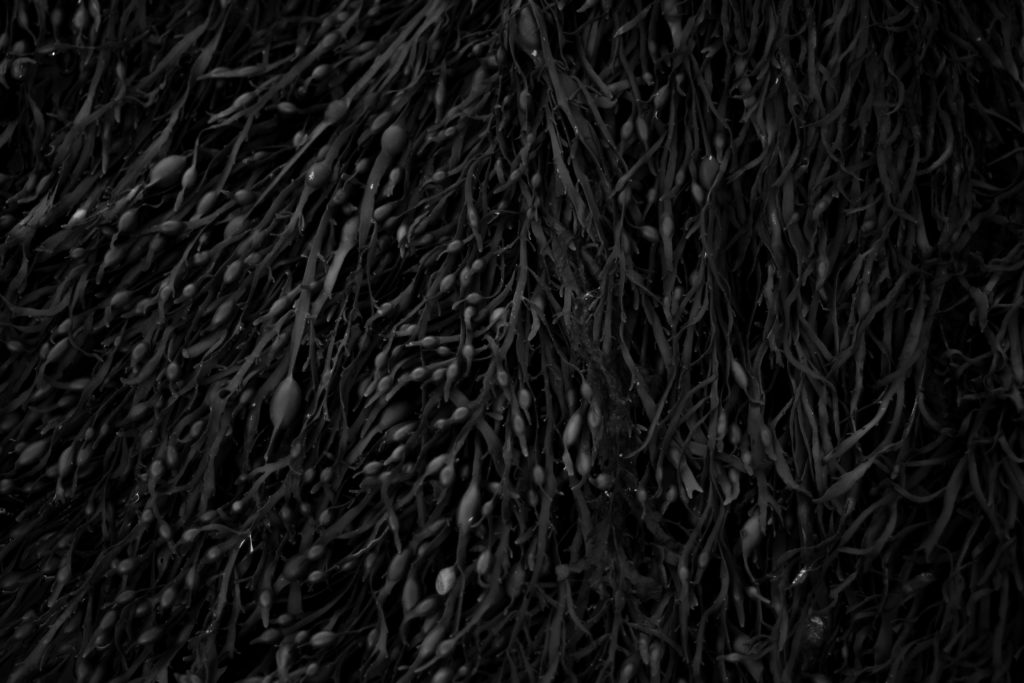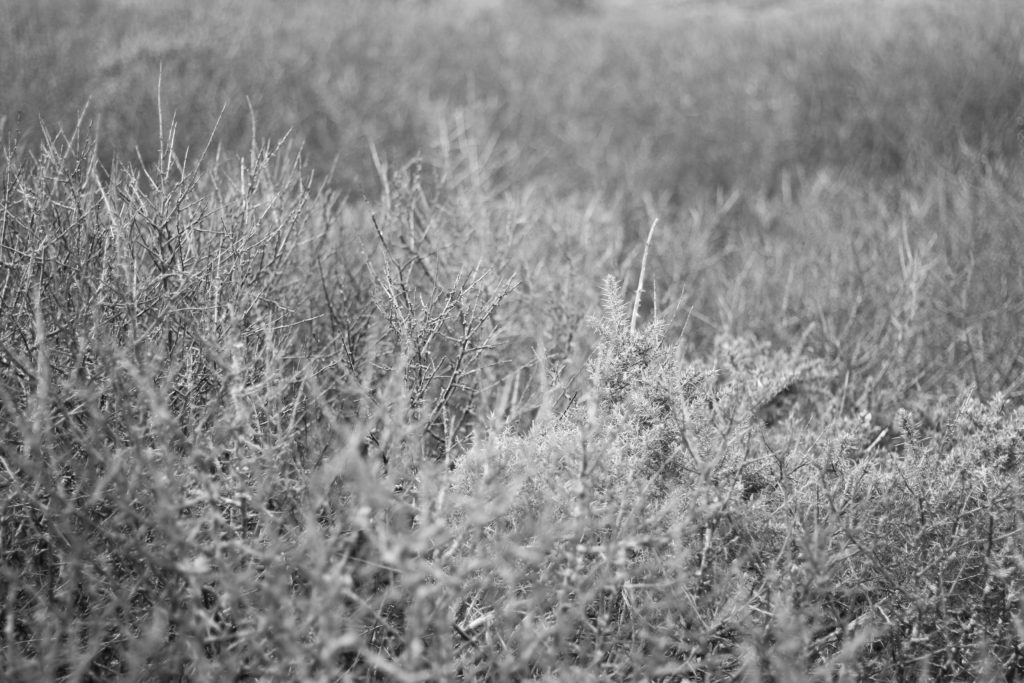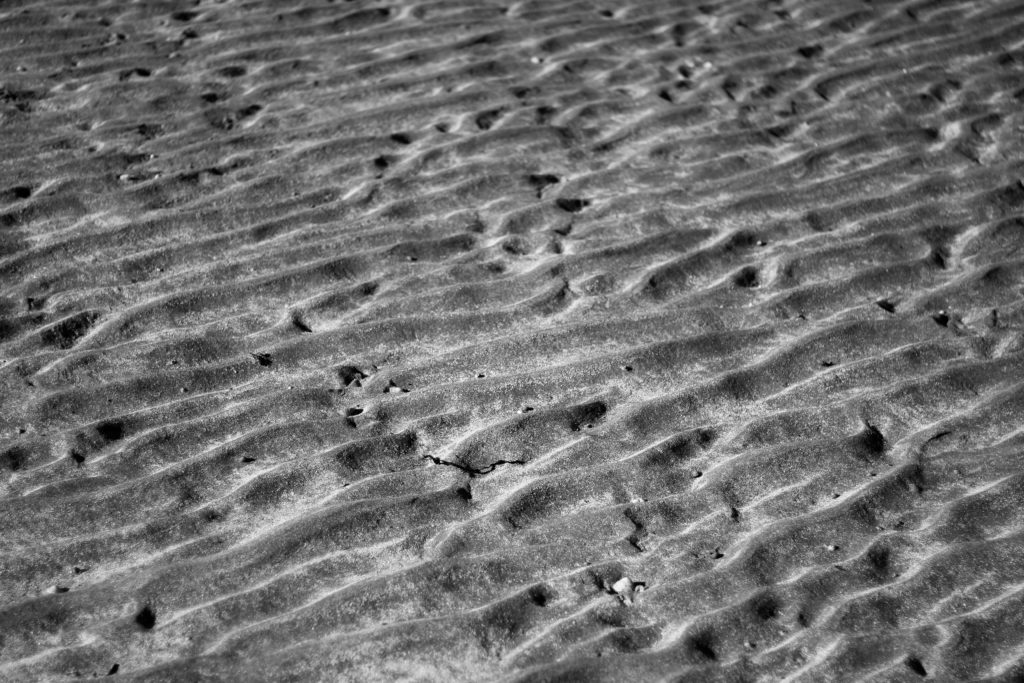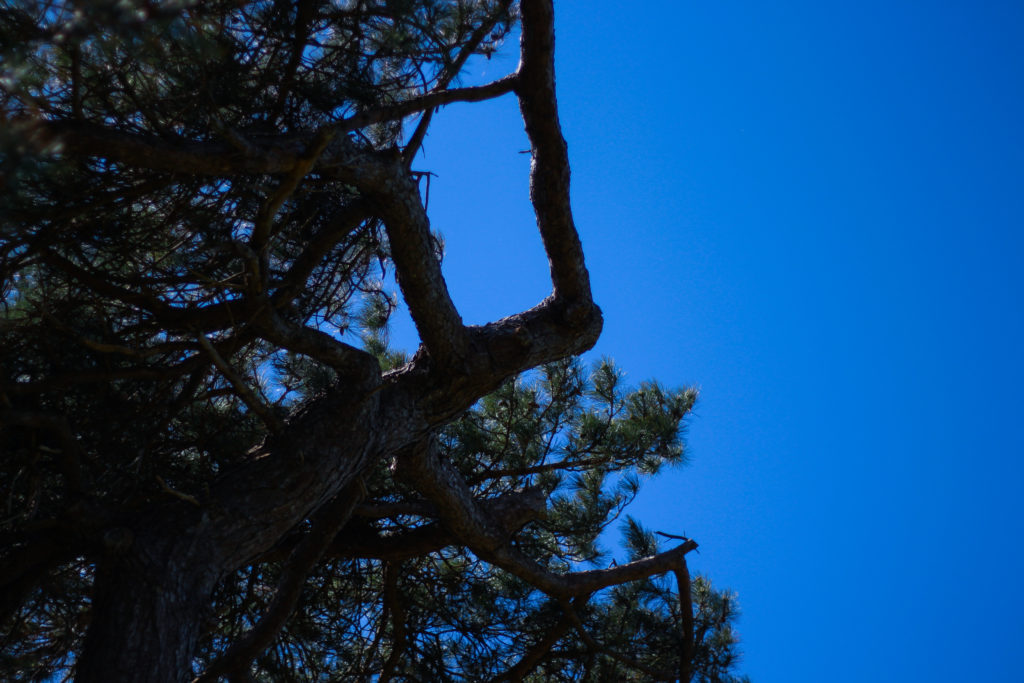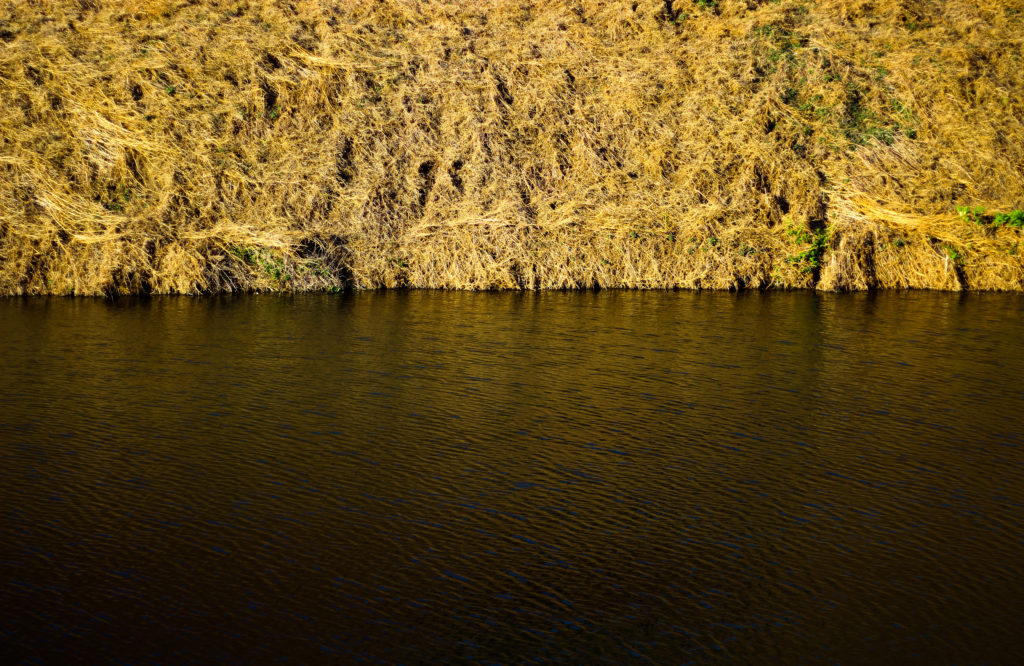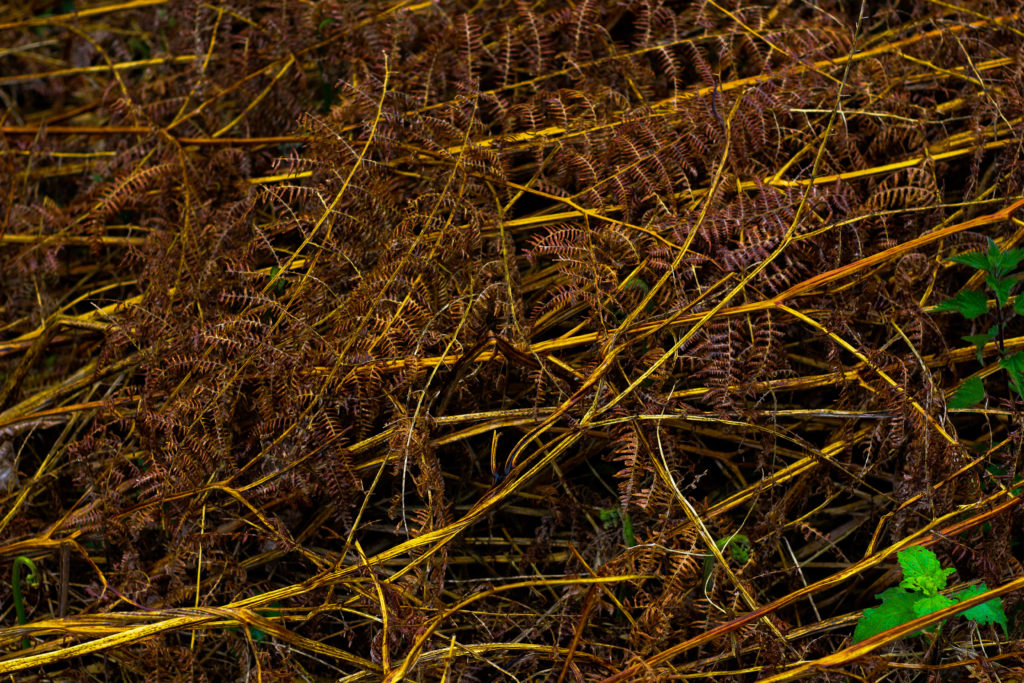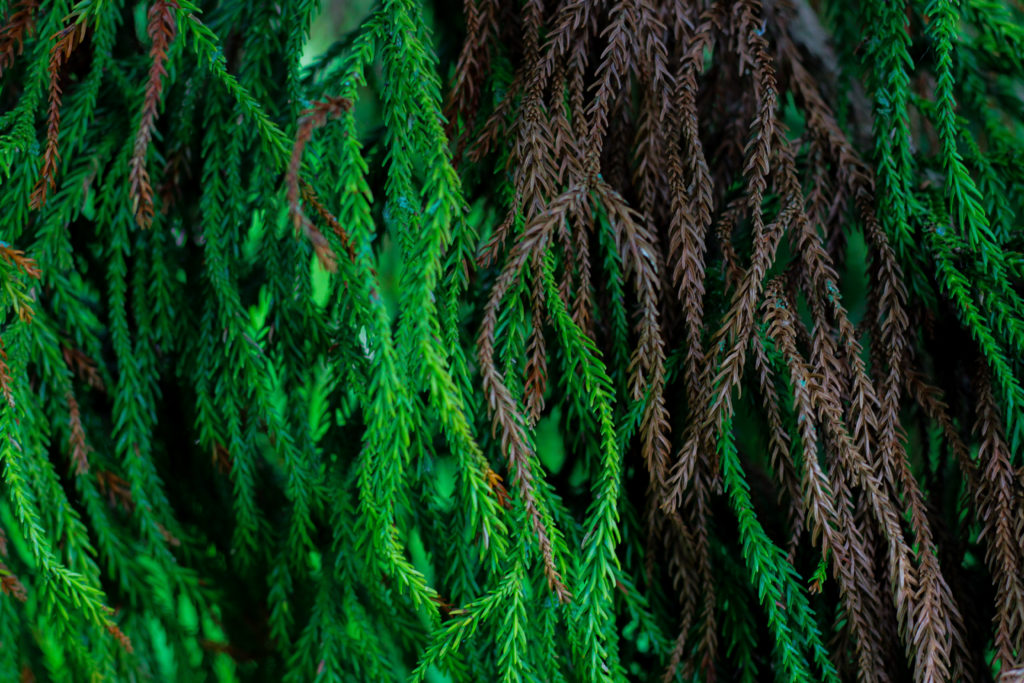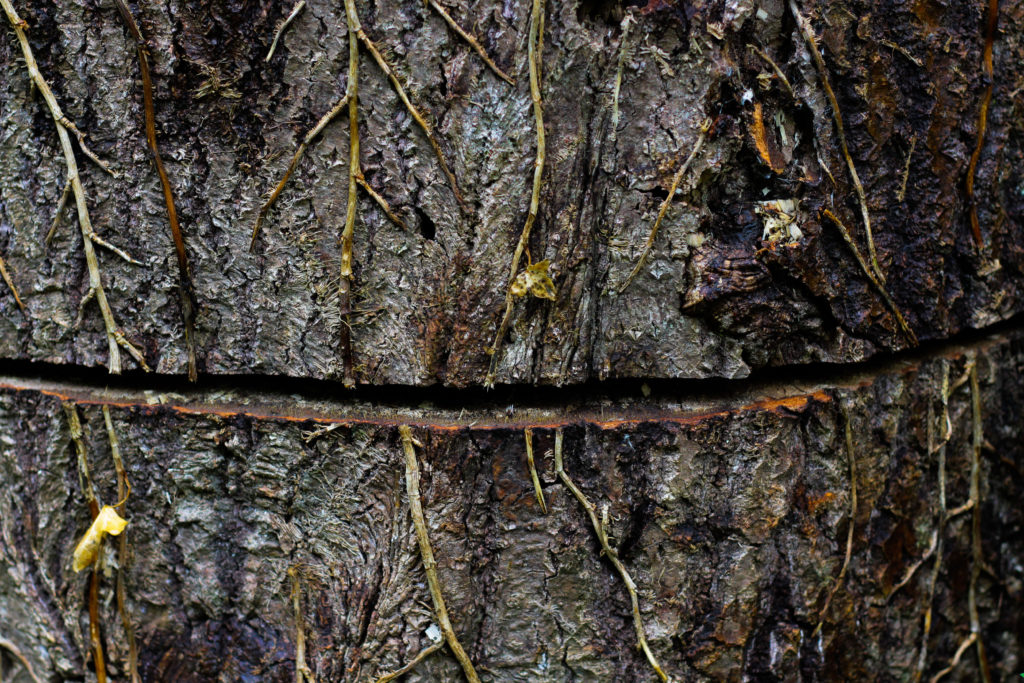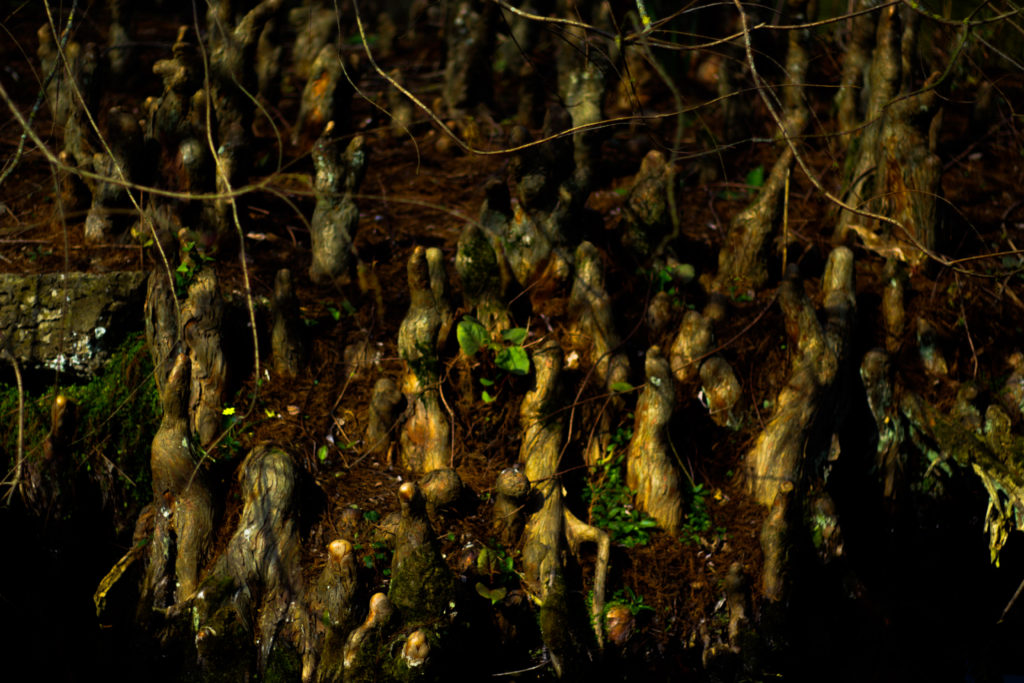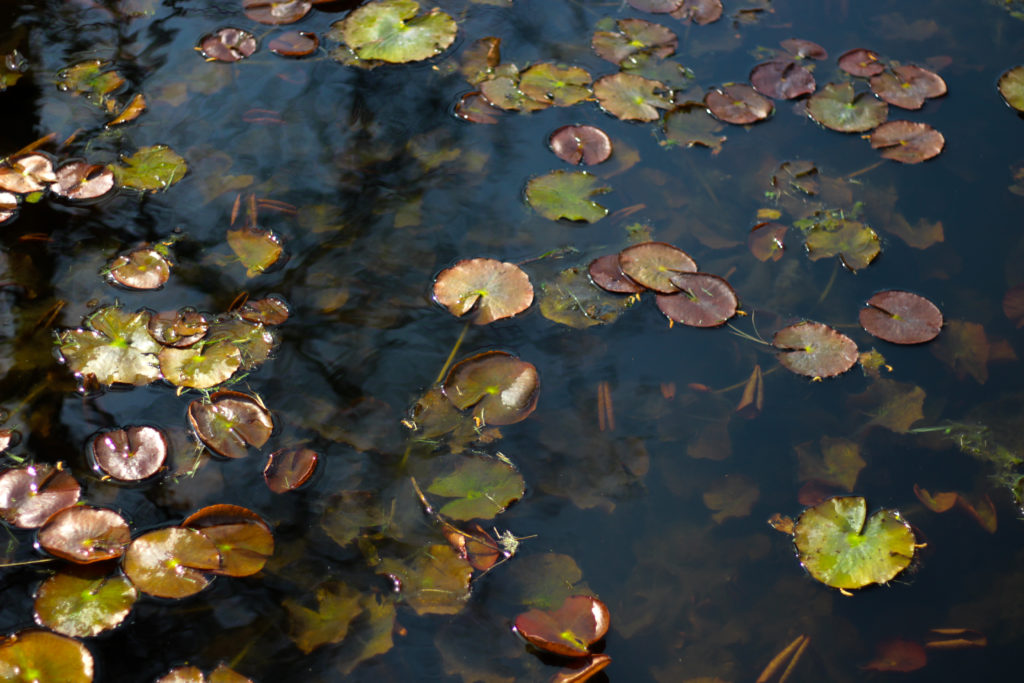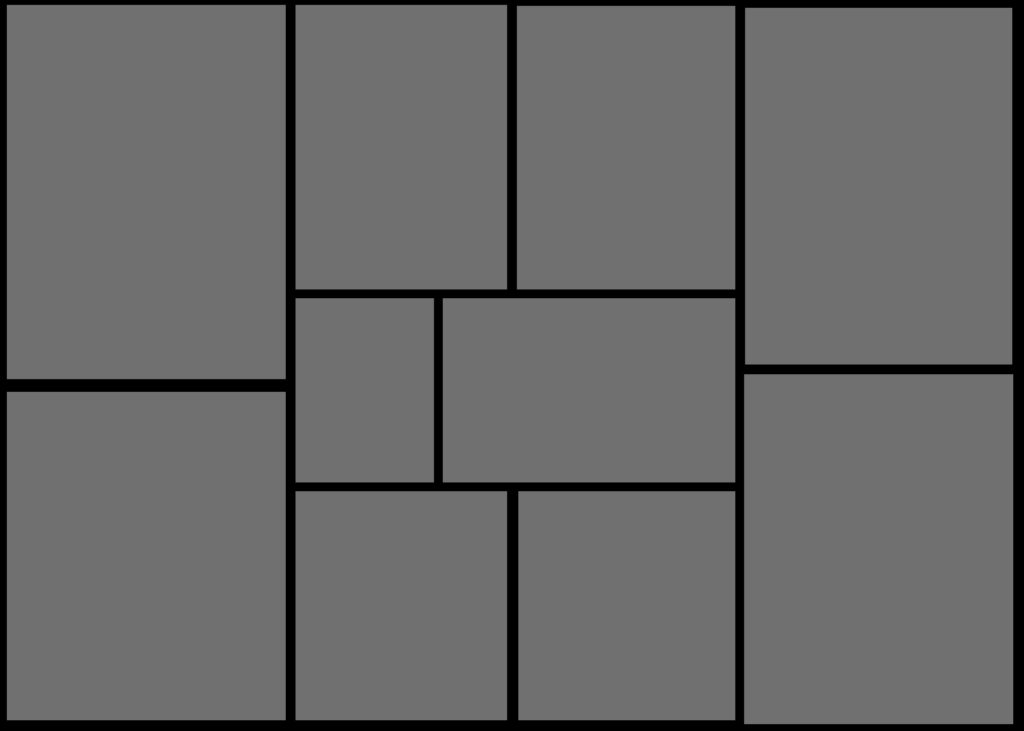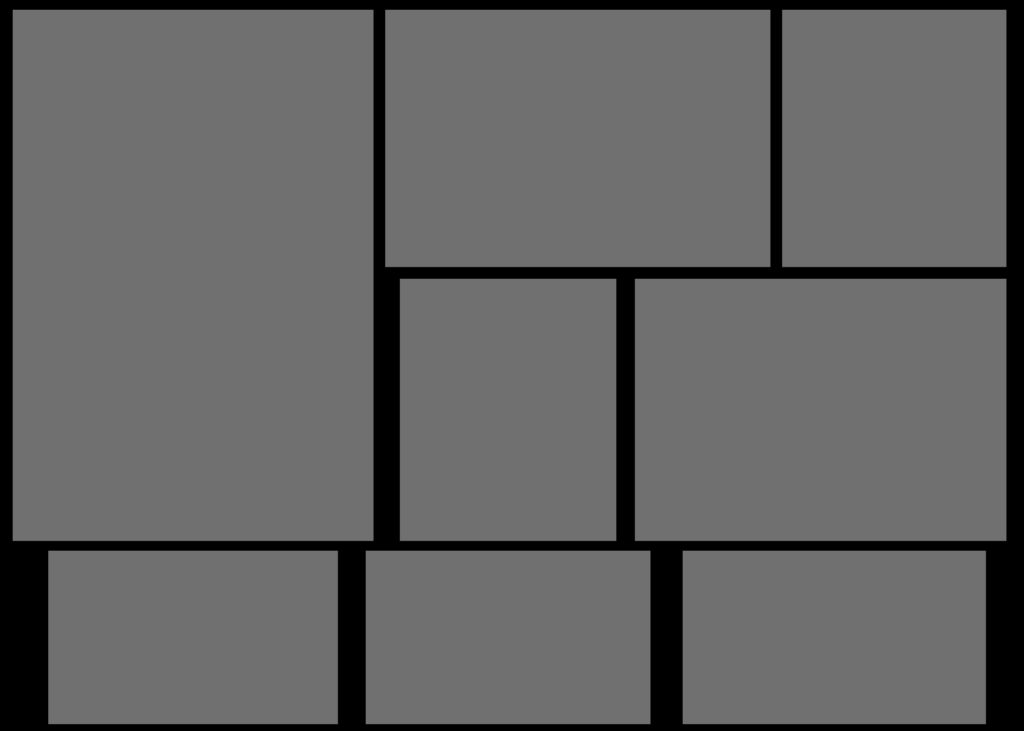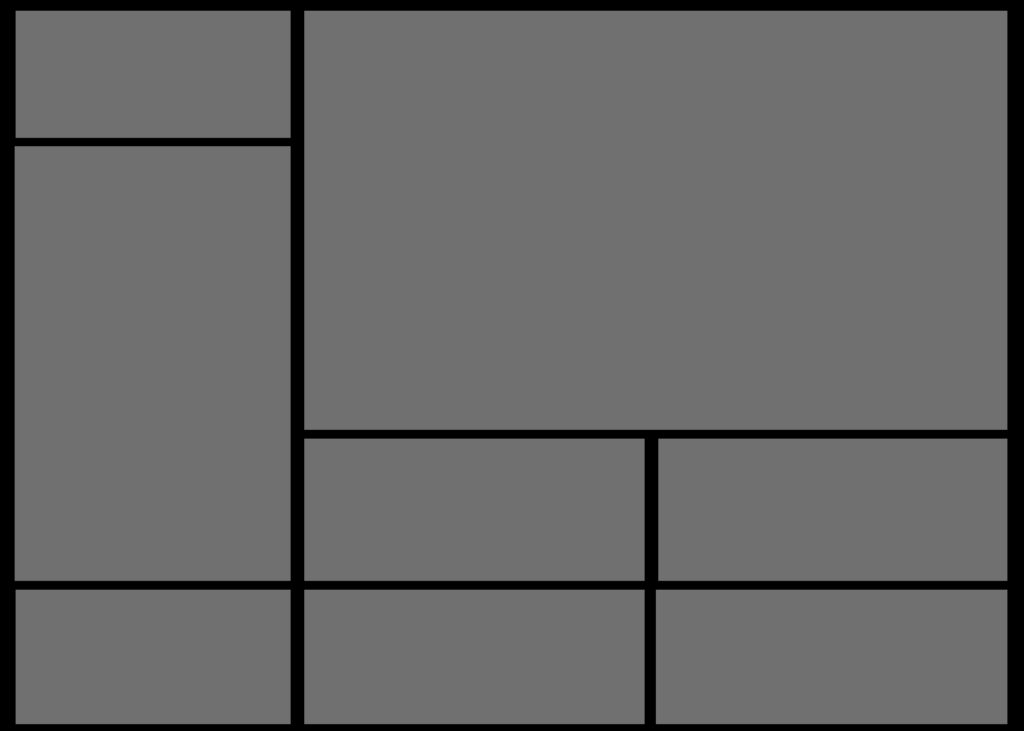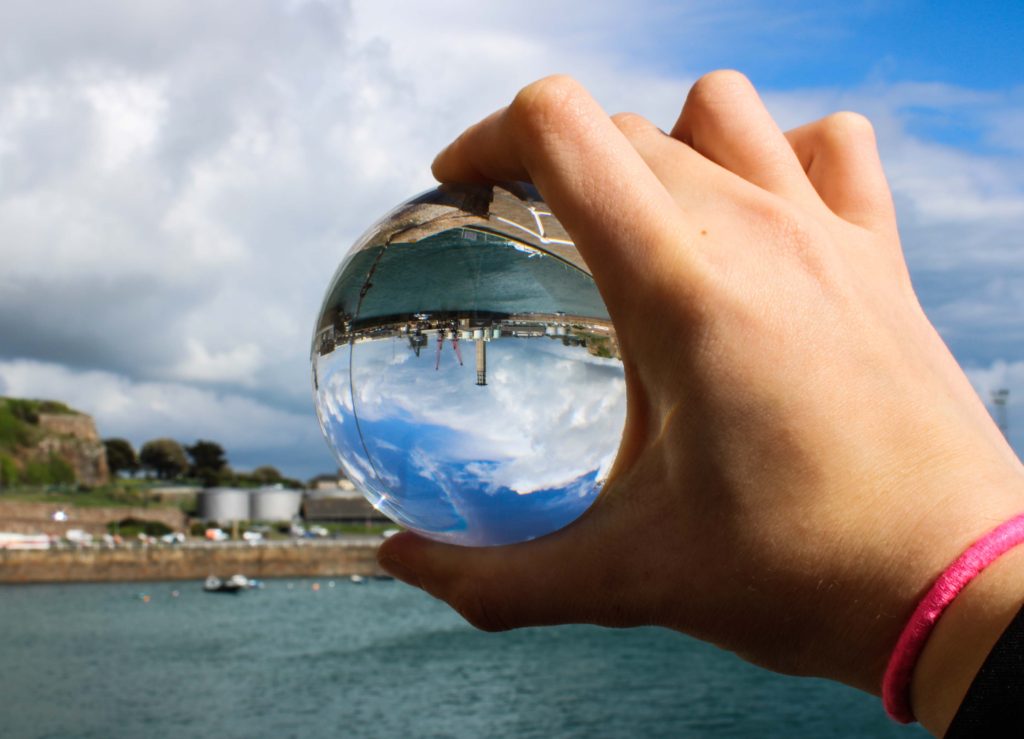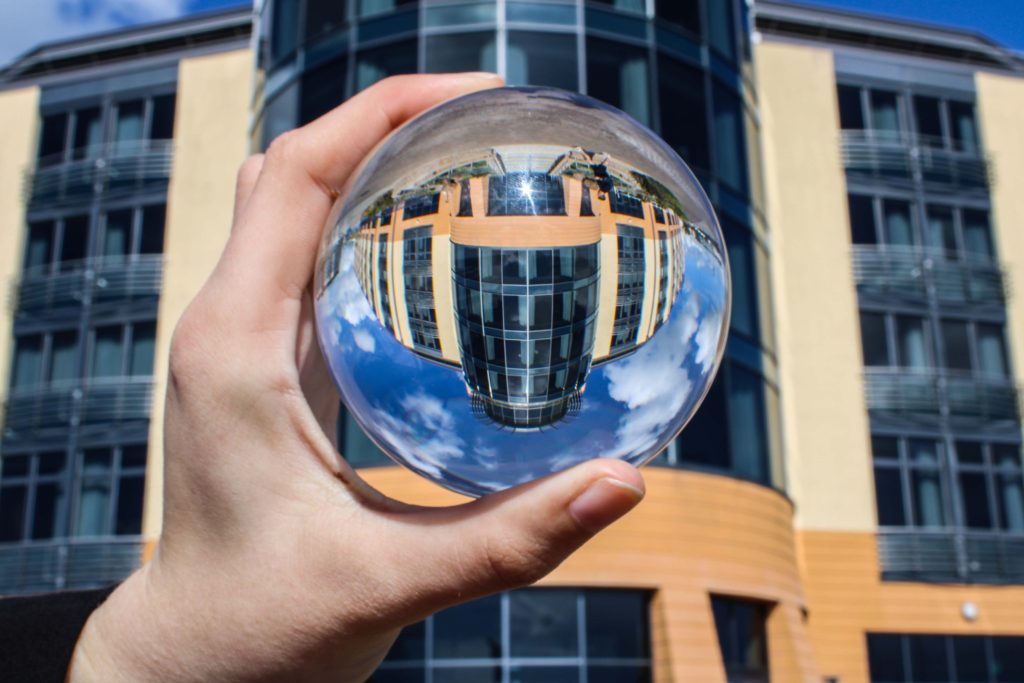Regarding the results of my topic of ‘Variation and Similarity’, I am very satisfied with the steps my project has gone in relation to the creation of three sub themes based around the idea of abstraction and the produce of three individual books looking at each of these themes. When starting my project I made sure that I wanted to explore the idea of abstraction and the varying themes and styles which could be used to look at the topic as a whole. To do this from the start I had originally wanted to go down the route of looking at the idea of dividing my results into three sections much like my coursework, my idea behind this was so that it would provide me with a much broader range in what I would be able to capture and relate to the project, rather than looking at one theme, three would provide me with contrasting results which on the surface could not be seen relating, however with the underlying theme combined it linked them together to present them in a way that the viewer would understand after knowing my intentions. Initially I had gone about to different sections of the island with the purpose of either photographing the subjects in an isolated way or a way which captures the entire landscape which would broaden the audiences perspective. I had selected the themes of texture, colour and pattern because of how they were so common in out everyday lives that they went predominantly unseen due to us overlooking them, providing us with an insight into the structures and unseen beauty that we walk past on a regular basis. In the creation of each topic I had tried to reduce editing to a minimal so that any changes would have had to been produced inside the camera there and then, which as a result for me provides a greater connection with them due to holding a more personal and first person account with the subject.
When going through my creative process I had found certain faults through how I was occasionally straying into the topic of another theme, however in the use of mind-maps it allowed me to train my line of thought towards my goals and aims of each shoot, resulting in the photos taken reflecting my intended purpose for that shoot. Looking back at my process of going about with photo shoots mood boards and the research of individuals, I soon came to believe they had been a crucial element in defining my inspirations of what I would want to achieve in the future of my exam, the creation of artist reference pages really helped drive my inspirations and aspirations due to further research into their work allowing a more developed understanding into their mind-processes and techniques. Looking back at the posts I have created on the blog I am happy to say that I had explored a huge amount of contextual studies in both the art world and photography world, researching the links between the two in fields such as colour and the origins of abstract art, something that without would not have allowed me to produce some of the work created. This consisted of certain art styles such as field paintings where an artists would focus on the block colour of a landscape rather than what was inside it, as a result of this it allowed for me go about photographing landscapes using a new perspective that had been unknown to me. Certain artists that had helped me develop my understanding throughout the project are Robert Frank, Aaron Siskind, the Weston’s and Franco Fontana. Though all these photographers had different styles of work, they all contributed towards the outcomes of each shoot which could then be linked to each other through them being sub-sections of abstraction, without looking into the techniques and styles of each photographers I would not have known how to use my ideas with the camera to capture my intended images. Regarding how my final outcomes turned out I was relatively happy with the foam and card mountings due to how the 3d element created by them in a mood-board fashion allowed audiences to understand the theme underlying each section, looking at individual images would not allow any insight into my intentions for the project, but rather the viewing of them as a collective would. This was closely tied into my work of producing three individual books looking each at a different theme of abstraction, these came out amazingly due to how they perfectly reflected how I wanted a journal’s guide to be, with minimal text providing a narrative for my thought process and results.
